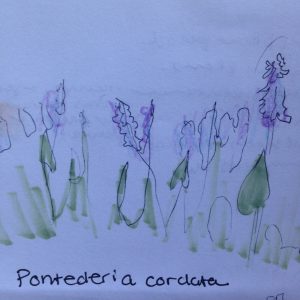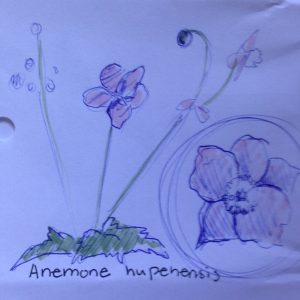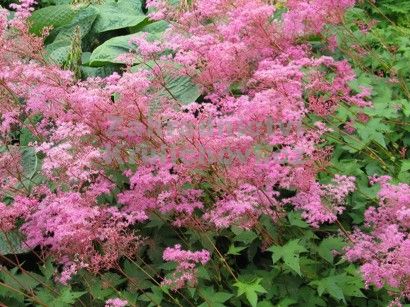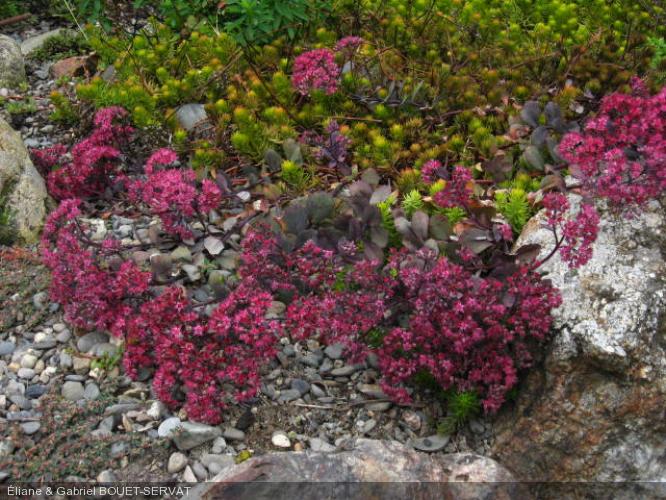
http://site.plantes-web.fr/bddplantes/img/grande/27965.jpg
Sedum ‘Bertram Anderson’ – Bertram Anderson stonecrop – Crassulaceae
Class Notes: Semi evergreen – will keep some of its stems. Pink flowers.
Site/Notes: Full sun. Dry to average well drained soil. 6 tall by 6-12inches wide. Low maintenance plant. Massing, border, edging, mixed etc. ***Tolerant of salt spray and urban condition/pollution and may even thrive*** Summer to Fall blooming. Burgundy blooms. Semi evergreen.
Aesthetics/Notes: The using sedums in the urban landscape is a good idea. The hardscaping, heat island effect are very suitable for thriving conditions. This could potentially be used on a green roof too,

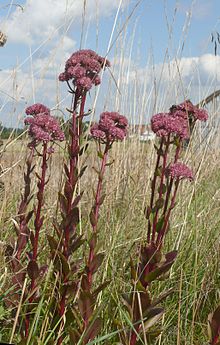
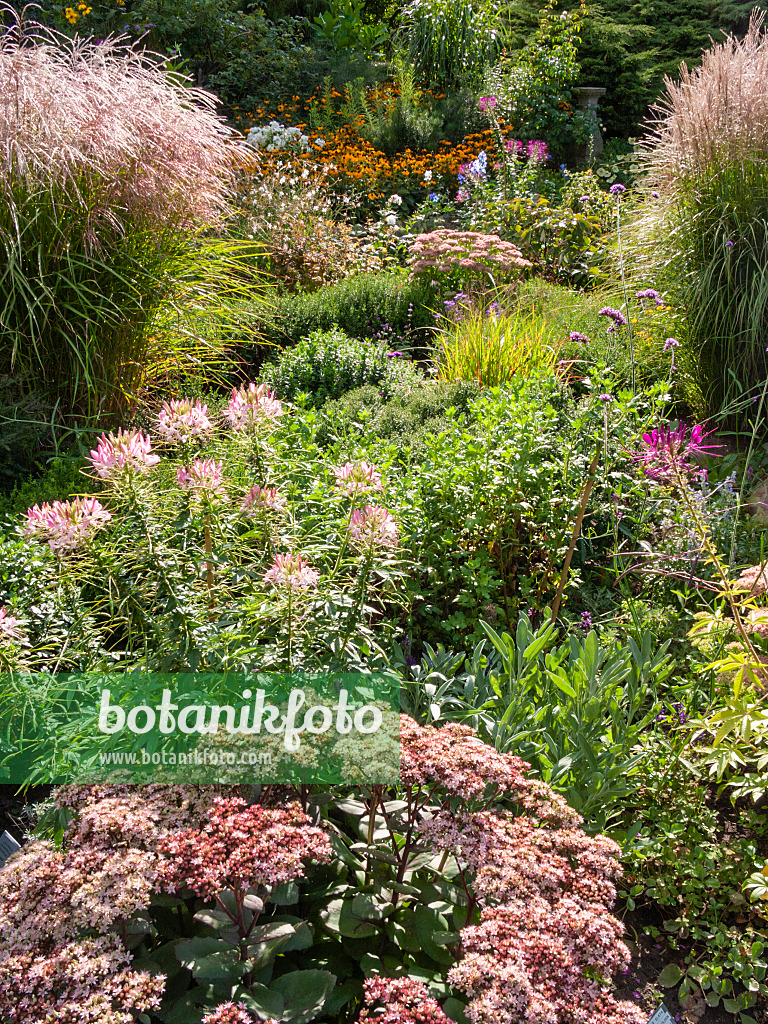



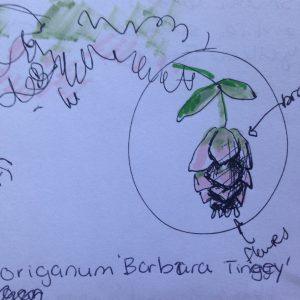

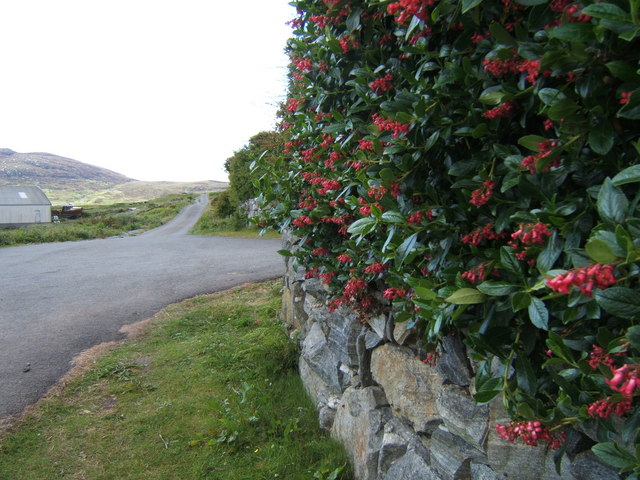
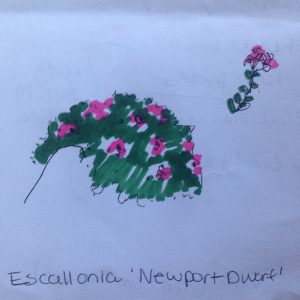
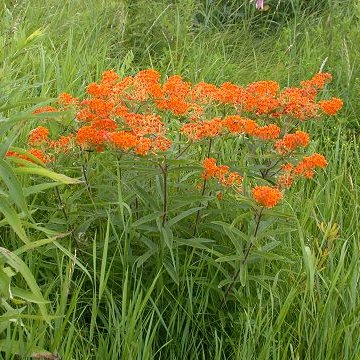
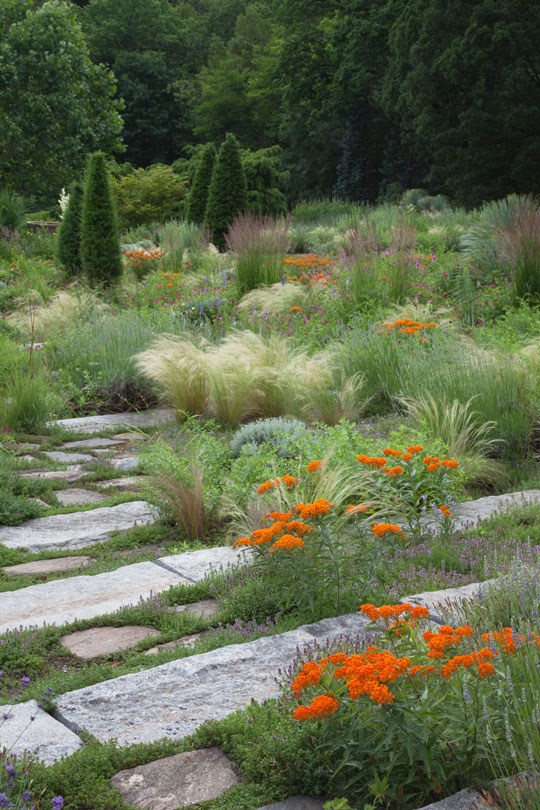

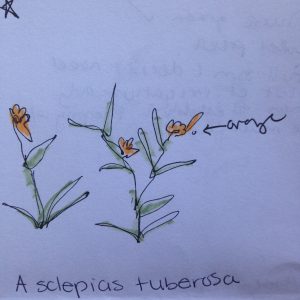


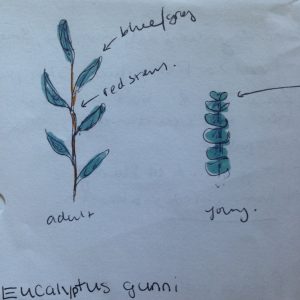
.jpg)
